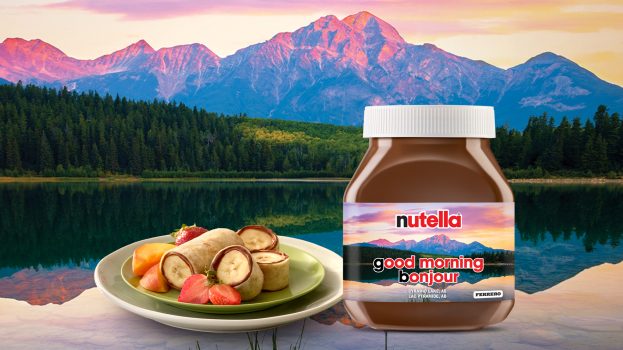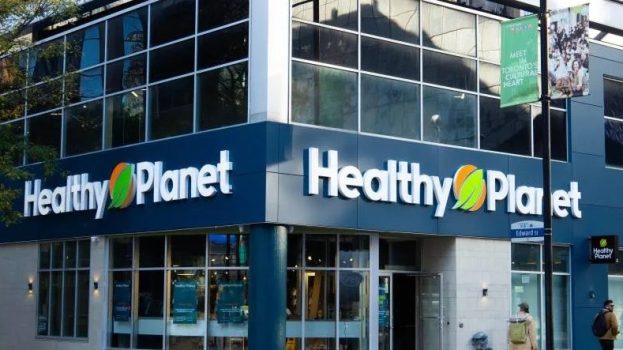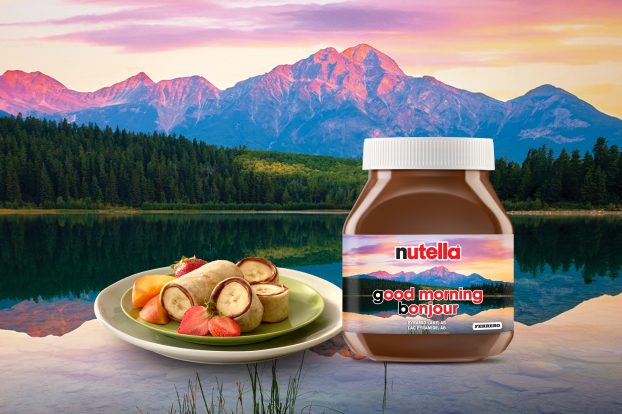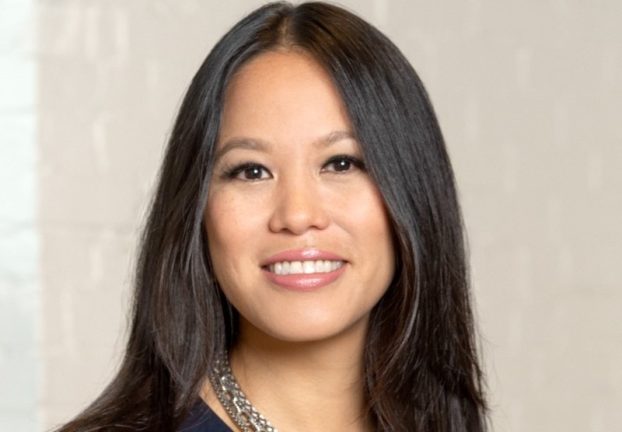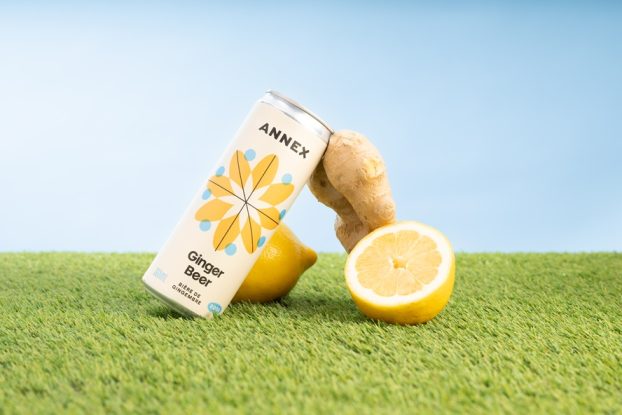Mere months before PepsiCo’s acquisition of Israel-based SodaStream is expected to close, the in-home sparkling water brand is running an environmental sustainability campaign – targeting one of the biggest competitors of its future parent company.
SodaStream unveiled a global spot on Nov. 15, mocking Coke’s classic 1972 commercial “Hilltop” that features diverse youth from around the world standing on a grassy hilltop singing, “I’d like to buy the world a home, and furnish it with love.”
The more than minute-long commercial features a giant sea turtle (voiced by Sir Rod Stewart), Icelandic body builder and actor Thor Bjornsson, actress and singer Sarah Catherine Hook, and a choir of people and marine animals standing atop of mound of plastic waste. Singing “Ocean of Change,” they call on people to change their habits regarding single-use plastic bottles.
[iframe_youtube video=”Tejd7ntLGeE”]
Here at home, SodaStream has launched “Holiday Hero,” a Canadian-made holiday spot that ties back to the overarching message of “Hilltop” and that was itself inspired by a “How To: Help Save the Planet” global ad that first landed in October.
Rena Nickerson, country manager at SodaStream Canada, says all three ads are intended to be viewed as “one unit,” telling a holistic story about a brand intent as differentiating itself as the more environmentally conscious option.
The Canada-specific ad, like its “How To” predecessor, invites viewers to see how easily SodaStream can help reduce their environmental footprint. Consumers can save up to 2,000 bottles per year by gifting a SodaStream to someone on their list, making them “holiday heroes,” according to the commercial. The video is airing on TV to support the digital-only “Hilltop.” Traffik led on the concept and creative and 5Crowd on digital. Agnostic is handling paid media for digital, social and search.
[iframe_vimeo video=”300986774″]
In addition to the campaign spot, the brand will be hosting a pop-up store at Toronto’s Union Station on Nov. 22, with the goal of getting people to try the product while reinforcing its environmental advantages.
“We see that people are becoming increasingly aware of the impact that their decisions have on the environment and that people are interested in things that they can reuse versus throw out,” says Nickerson. “We know that people are becoming more aware and making small changes, and SodaStream gives them an opportunity to do that.”
For example, a 2015 PEW Research Centre study found that 73% of Canadians believe a lifestyle change is necessary in order to reduce the effects of climate change. Over the last twelve months, SodaStream claims to have helped Canadians divert up to 164 million disposable bottles and cans from the landfill.
“That message of environmental sustainability has really taken hold here,” says Nickerson. In the past, the brand has been much more focused on presenting itself as an alternative to sugary carbonated drinks. “What we saw in our research is that people actually give us more credit for sustainability than they did for health and wellness.”
Moreover, Nickerson says that company research suggests that 93% of people who receive a SodaStream maker as a gift are happy with it, making the holiday season an important time of year to share its environmental message.
According to Nickerson, Canadians currently consume 624 glasses per minute of SodaStream sparkling water, making it the number one sparkling brand in Canada. The company has seen ten straight quarters of double-digit growth, ranking Canada as the the fourth-largest global market for the brand.
In August, PepsiCo announced it would acquire SodaStream for $3.2 billion as it shifts to meet consumer demand for healthier and more environmentally conscious options. The deal is expected to close early in the new year. While the global spot – created by SodaStream’s in-house team – targets Coke for its environmental impact, the same could be said about the products and practices of its future parent company.
Nickerson says SodaStream’s acquisition by PepsiCo serves as “recognition that our environmental work is important, and we will continue on that path of trying to save the planet from plastic waste.”


